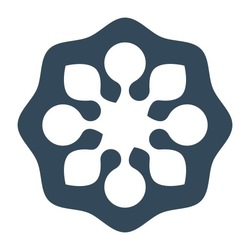Remember, Remember: 1945 Bordeaux
Château Mouton Rothschild
Pauillac Red Bordeaux Blend 1945
Château La Mission Haut-Brion
Pessac-Léognan Red Bordeaux Blend 1945
The 1945 La Mission Haut-Brion from the château cellar is transcendental. It is blessed with the most beautiful bouquet you can imagine, effortless and natural, featuring woodland, red-berried fruits, a minerally quality and a faint touch of leafiness; given time to settle, it develops a lovely gamy note. The palate is medium- rather than full-bodied and sublimely balanced, upholding that effortless grace with an elegant, bittersweet, dried orange peel finish. One of the most harmonious wines I have ever consumed. Perfect. Tasted at the La Mission Haut-Brion vertical in London in September 2009. (Neal Martin, Vinous, May 2020)
— 6 years ago
Château Haut-Brion
Pessac-Léognan Red Bordeaux Blend 1945
The 1945 Haut-Brion is poured against the legendary 1945 Mouton and might just have come out on top. It is difficult to put this wine into words. Showing modest bricking, it presents a sublime bouquet of vibrant red fruit, warm gravel, wilted rose petals and a hint of earthenware. It is crystalline in terms of definition. The palate follows suit with pitch-perfect acidity, a very slight, refreshing hint of balsamic, and finely chiseled tannins. Beguiling in every way, this is a profound Haut-Brion that is absolutely flawless. Tasted at Koala's 1945 dinner. (Neal Martin, Vinous, May 2020)
— 6 years ago




Delectable Wine

Follow to learn about our favorite wines & people.
This bottle of 1945 Mouton-Rothschild is my fourth encounter and actually showed better than one poured three months earlier that came directly from the château. Ethereal as always on the nose, that distinctive menthol scent is present and correct, and this bottle is perhaps more elegant and almost Burgundian in style. The palate has heavenly balance, quite opulent and velvety, with morello cherry, raspberry preserve, orange pith and a delicate touch of cedar on the never-ending finish. Monumental. Tasted at Koala's 1945 dinner. (Neal Martin, Vinous, May 2020)
— 6 years ago